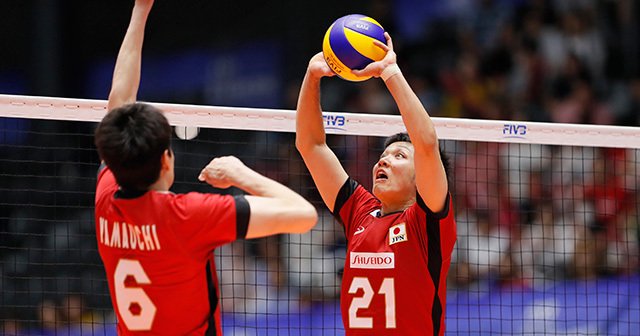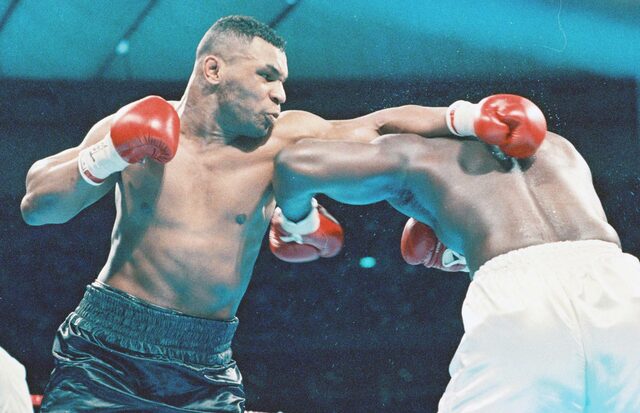
For those who are new to volleyball or have never played volleyball, what is the toss? What is an underhand pass? Maybe you don’t understand?
This time, I will explain the types of passes used in volleyball.
A good pass is essential for hitting a good spike. One of the charms of volleyball is that every play is important!

Types of volleyball passes
Volleyball has several basic pass types used during a match. I will introduce the main things
-
Underhand pass (forearm pass) : One of the most basic receiving techniques in volleyball. Extend your arms to receive the ball, place your palms together, and then raise the ball. It is mainly used for receiving and digging (defense). Accurate under is necessary to make the setup (toss for hitting the spike) easier.
-
Overhand pass (overhead pass setting) : Controls the ball using the fingertips and is mainly used for setting up attacks (toss). Hand shape and timing with respect to the ball are important in order to send the ball to the correct location. To hit a good spike, you need a good toss, or a good overhand pass.
-
Toss during a jump serve : The action of tossing the ball into the air when performing a service. Tossing to the proper height and position is essential for a powerful and accurate serve. Since it’s time to serve, it’s not a pass to someone else, but to yourself.
-
Approach and toss when spiking : When attacking, this is the running (approach) before the spiker jumps, and the toss performed by the setter to hit the ball. The quality of this toss greatly influences the effectiveness of the spike. When making a back attack, give a toss to the player in the rear guard.
-
Floater serve and topspin serve toss : The method of tossing changes depending on the type of serve. A floater serve minimizes rotation, while a topspin serve applies strong forward rotation to the ball.
-
Hand technique when blocking : How to use your hands when blocking an opponent’s attack. This is a technique used to reach high and return the ball to the opponent’s court.
These techniques can be learned with practice and experience. It is important to use these different types of passes depending on each player’s position and the match situation.

How to improve your volleyball passing
Passing technique in volleyball is an important element that determines the flow of the game.
Understanding correct form and repeated practice are essential to improving.
Next, we will introduce some ways to improve your volleyball passing technique.
1. Learning basic forms
- Underhand Pass : Keep your knees bent and low, arms extended and hands together. Arm contact with the ball is through the inside of the arm and the wrist.
- Overhand Pass (Overhead Pass Setting) : Handle the ball with the tips of your fingers and raise your hands parallel to the ball. Adjust the spacing between your fingers so that you have good control of the ball.
2. Strengthen footwork
- Proper positioning is required before making the pass. Always move your feet and practice moving quickly to where the ball will land.
- By shifting your weight to your front foot at the moment you hit the ball, you can make a stronger pass.
3. Understanding timing and rhythm
- Passing is done in accordance with the timing of the ball’s fall. Practice predicting the speed and height at which the ball will fall and starting your movements accordingly.
- It is important to develop the ability to feel the speed of the ball and the point of fall through repeated practice.
4. Improve communication
- Passing is the basis of team play. Always communicate with your teammates and make it clear which player will receive the pass.
- Using calls and signs during play will improve the accuracy of your passes as a team.
5. Ensuring enough practice
- Repetitive practice is essential to improving passing technique. Hone your skills from multiple angles with a well-balanced combination of individual practice, pair practice, and team practice.
- By practicing under conditions similar to actual matches, you can improve your performance under pressure.
6. Video analysis
- By recording video of yourself and others playing and analyzing it, you can see concrete areas for improvement.
- Watching professional matches is also effective. You can learn from professional players’ movements, pass timing, positioning, etc.
Improving your volleyball passing skills begins with understanding correct form, practicing repeatedly, and deepening your understanding of team play.
Sticking to the basics and practicing repeatedly is the shortcut to improvement.
To improve team play
No matter how good your volleyball pass is, it will be meaningless if you don’t get along well with the player receiving it.
In order to improve team play in volleyball, it is important to not only improve technical skills but also strengthen team communication and cooperation.
Below are some ways to improve team play
1. Strengthen communication
- Communication during the game : Talk to each other during play to clarify ball position, play intent, and defensive or offensive instructions.
- External Communication : Build trust by communicating with team members outside of the game to deepen mutual understanding.
2. Building teamwork through practice
- Joint training : Have team practices where everyone participates to understand the role of each position and the team’s overall tactics.
- Situation play : Improve your reactions and responses as a team through practice that simulates actual matches.
3. Clarification of roles and responsibilities
- It is important to clarify the roles and responsibilities of each player so that each player understands his or her role and works as a team.
4. Feedback and ratings
- Set aside time for feedback after practices and games, and openly discuss what went well and what could be improved. Constructive feedback leads to personal and team growth.
5. Goal setting
- Setting short-term and long-term goals as a team and working together toward those goals increases motivation and improves team play.
6. Building relationships of trust
- It is important to deepen relationships of trust between players through team building activities and joint social activities.
- By sharing and understanding your team’s tactics and strategies, you will be able to make consistent moves during the game.
In order to improve team play, it is extremely important to not only provide technical training but also strengthen team cohesion and cooperation.
By combining these elements in a well-balanced manner, you can improve the performance of the team as a whole.





